When I’m asked about my beauty woes, being unable to find a quick and easy hair-removal solution is often at the top of my list. I resolved to slathering on oils, gels, and creams to aid in my time-consuming shaving routines for years, followed only in the past 10 years by an endless three-week cycle of waxing. As laser hair removal rose in popularity, I began seeing reports from dark-skinned women who have pursued the treatment in hopes of simplifying their hair-removal routines. While laser hair removal worked for some, it seemed to me that just as many returned from their appointments with cautionary tales that eventually convinced me that laser hair removal wasn’t an option.
With the advancement of technology has come diversity among skincare experts, resulting in a strong network of knowledgeable individuals who dedicate their careers to industry-wide inclusion. Black skincare practitioners like SkinSpirit’s Taylor Bagby, an aesthetic nurse specialist, are leading the charge. I got in touch with her to discuss how those with deep skin tones can go about receiving laser hair removal in a way that’s safe and individualized to their needs. Interested in learning more on the subject before you make your appointment for the treatment? You’ll want to keep scrolling!
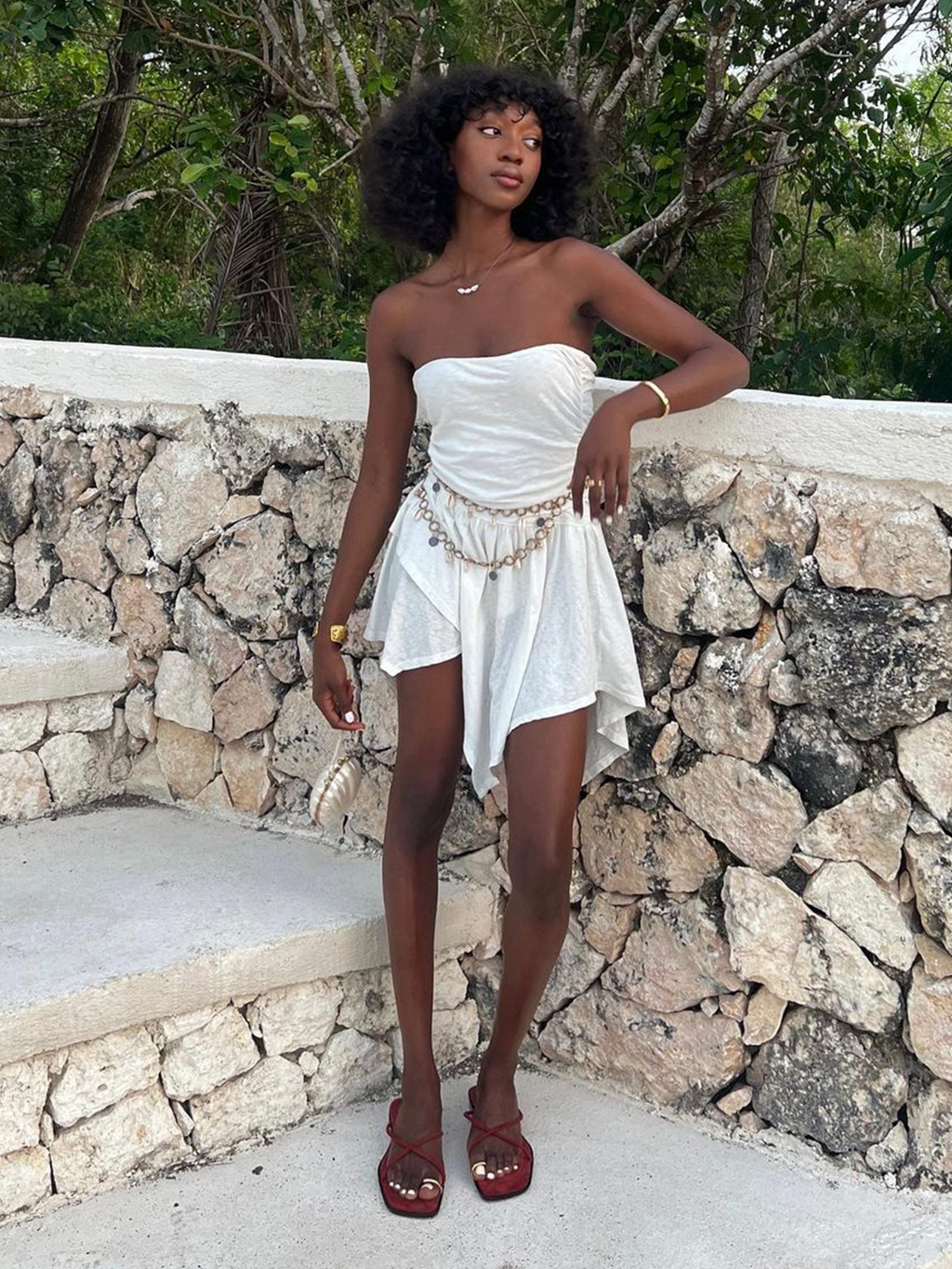
As Bagby explained to me, laser hair removal is the semipermanent process of using a laser to reduce the amount of hair you have in an area by targeting the pigment of the hair follicle, typically providing 70 to 80% reduction. It’s recommended to shave 24 to 48 hours prior to the appointment so that the laser can effectively target the bulb of the hair follicle. “At SkinSpirit, we utilize the Candela, which has an Alexandrite (perfect for lighter skin tones) and a YAG (perfect for brown or darker skin tones). Based on an assessment, your provider will determine what setting is best and safest for you,” says Bagby.
It should be noted, however, that deeper skin tones are at a greater risk for burns, hyperpigmentation, and hypopigmentation because the laser targets pigments. “Burns arise from unsafe settings or treating freshly sun-exposed skin, especially when treating deep skin tones,” the skincare practitioner explains. “Chances of hyperpigmentation and hypopigmentation can be increased when treating sun-exposed or freshly tanned skin as well.” With that in mind, it’s important to utilize a physical sunscreen on treated areas.
When undergoing any laser treatment, whether it’s hair removal or the use of resurfacing technology, it’s important to discuss the best course of action with your provider. Laser hair removal, specifically, is done over multiple treatment sessions. “The goal is to catch the hair in the active growth phase to increase the chances of reduction. Typically, 10% reduction is seen after every appointment. Additionally, the hair will start to become thinner and patchier,” Bagby explains. It can take up to 10 sessions to reach reduction goals spaced out in one-week spans.
Depending on genetics, hormones, and medical conditions, the effectiveness of laser hair removal can vary. “Certain conditions such as PCOS fight against hair reduction. These patients may never reach their goal but instead may find an easier way to maintain hair growth,” says Bagby. No matter your skin tone, laser hair removal is definitely not a one-stop shop, but if done correctly and thoughtfully, it can completely transform your experience with hair removal for the better.

At SkinSpirit, a patient’s first appointment involves testing the impact of a laser on the skin to assess efficacy for settings, which are adjusted as needed once it’s determined. Laser resurfacing technology differs from laser hair removal technology in wavelengths and utilization. “For example, Halo utilizes dual lasers—one that is nonablative and one that is ablative—to address different skin needs such as pigment, redness, fine lines or wrinkles, and texture,” begins Bagby. “Caution should be taken with dark skin due to the risks of a burn, hypopigmentation, and hyperpigmentation.”
For both laser hair removal and laser resurfacing, assessment is important to determine what modalities are appropriate for certain skin tones. Preparation for treatment can also make a significant difference in end results. For laser resurfacing, preparation includes using hydroquinone (a topical cream used to lighten dark patches of the skin by reducing the production of melanin) to lessen the chances of hyperpigmentation and hypopigmentation. For both treatments, physical sunscreen is vital for treatment areas.
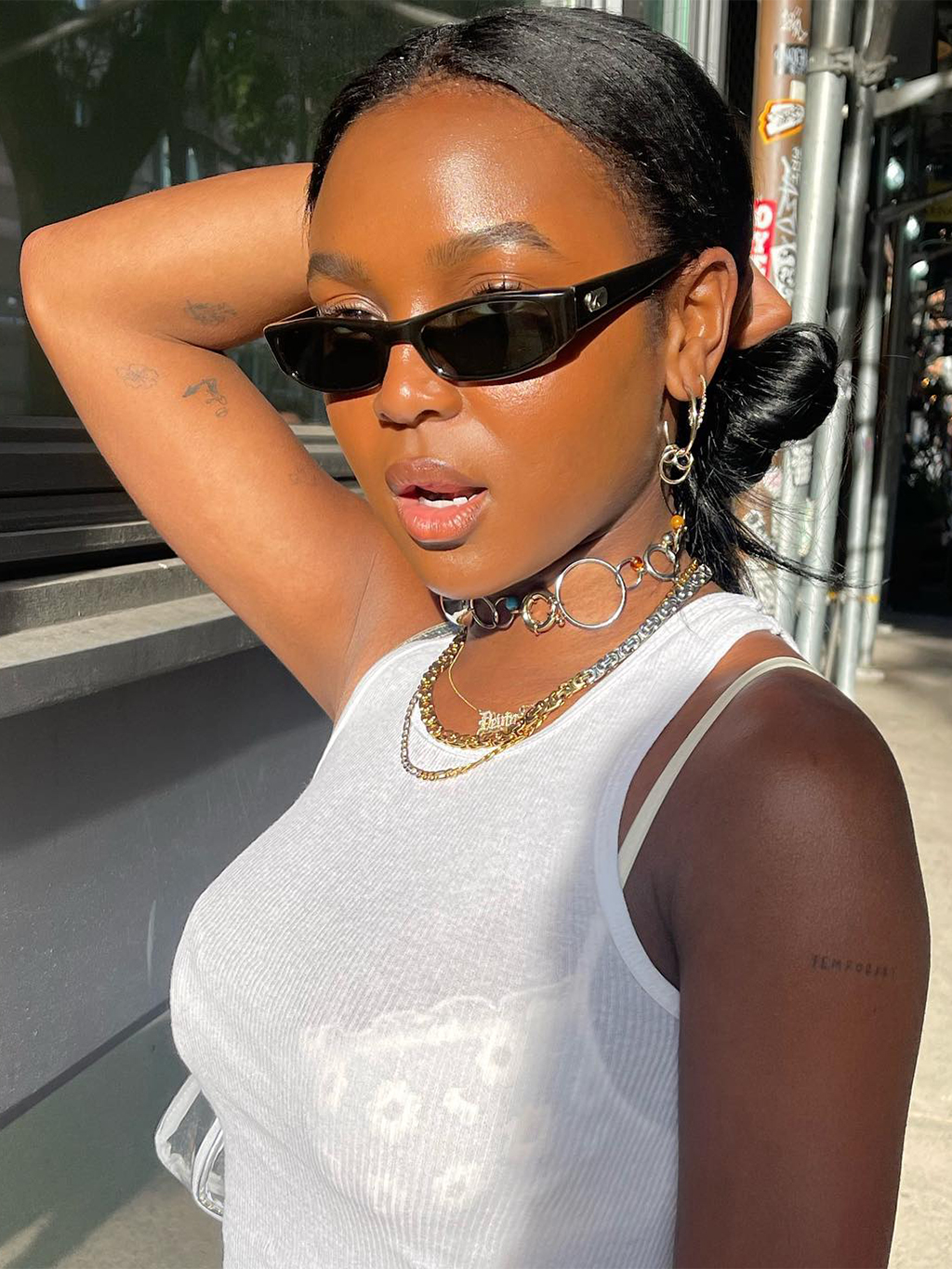
If you have a deeper skin tone and have expressed interest in receiving laser hair removal, there’s a good chance you’ve been discouraged from it in the past due to the nature of the laser. But does that mean laser hair removal was developed only to be used by individuals with light skin and dark hair? I’m here to argue that it’s for everyone with the appropriate preparation, testing, and laser settings for melanated skin by a reputable dermatologist. But in the worst-case scenario, if you do happen to get a superficial burn or pigmentation from the treatment procedure, there are ways to heal the skin and prevent further damage.
According to Bagby, special care should be taken to let the burn resolve and heal, depending on the extent of the damage. “Different clinics have a burn protocol that they utilize. We recommend hydrocortisone or a higher steroid if needed to help heal the skin. It’s best not to rush the healing process,” she says. After the burn is healed, steps can be taken to resolve any hyperpigmentation or hypopigmentation that may have resulted from the burn.
Below, you can find the best expert- and beauty editor–approved products to help prepare and protect your skin before, during, and after your laser hair removal treatment for the face and body. Hyperpigmentation, dryness, and UVA/UVB damage have nothing against these holy-grail products!
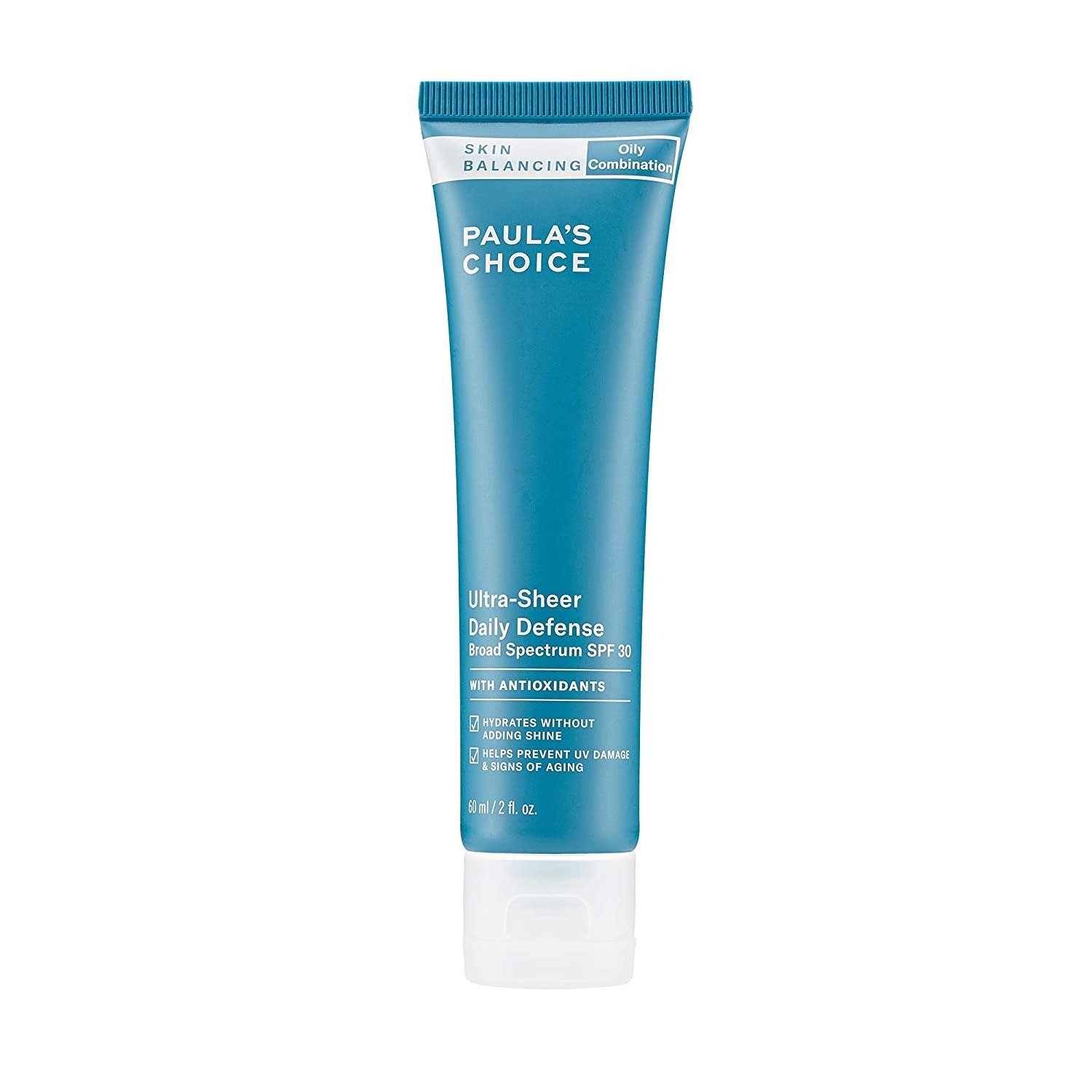
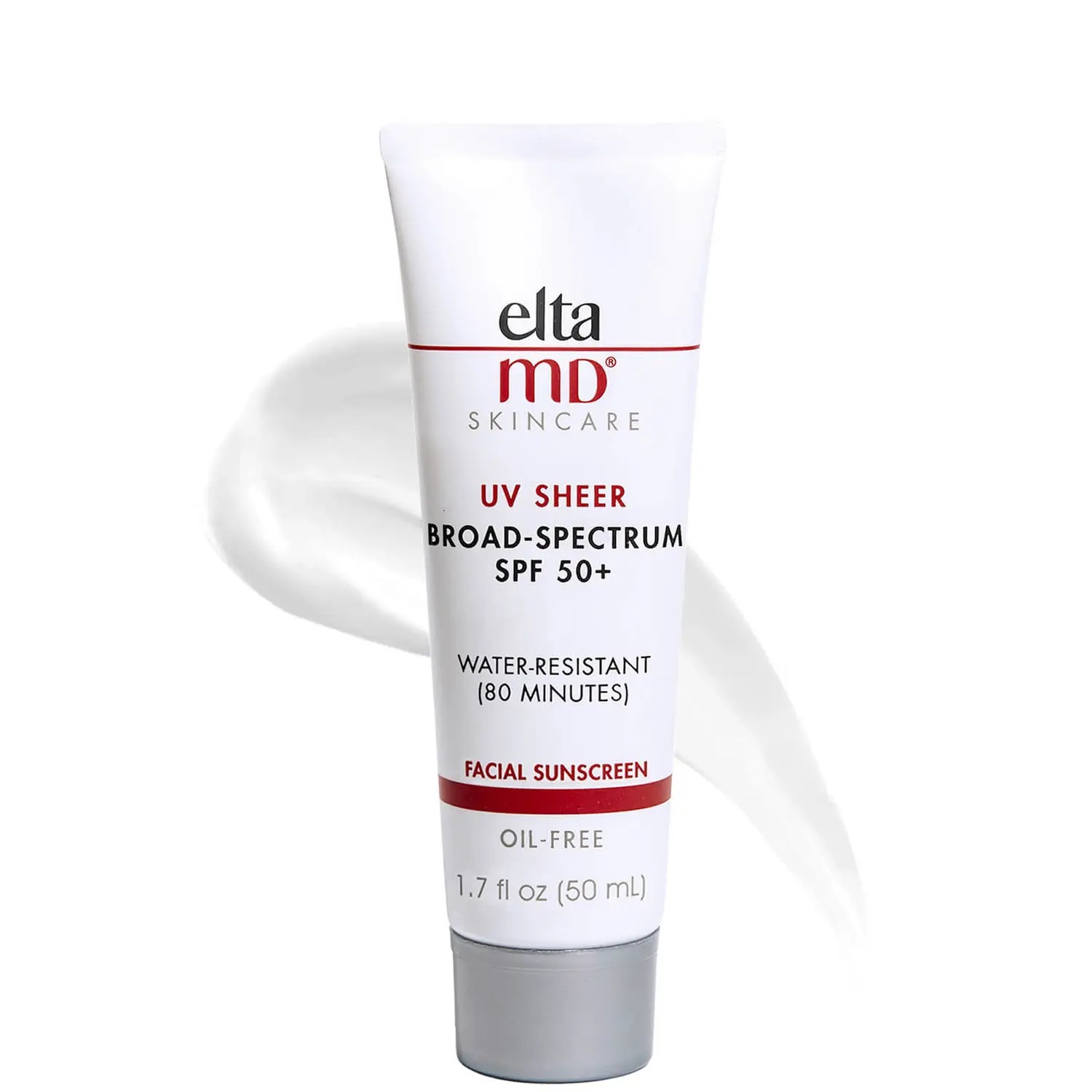
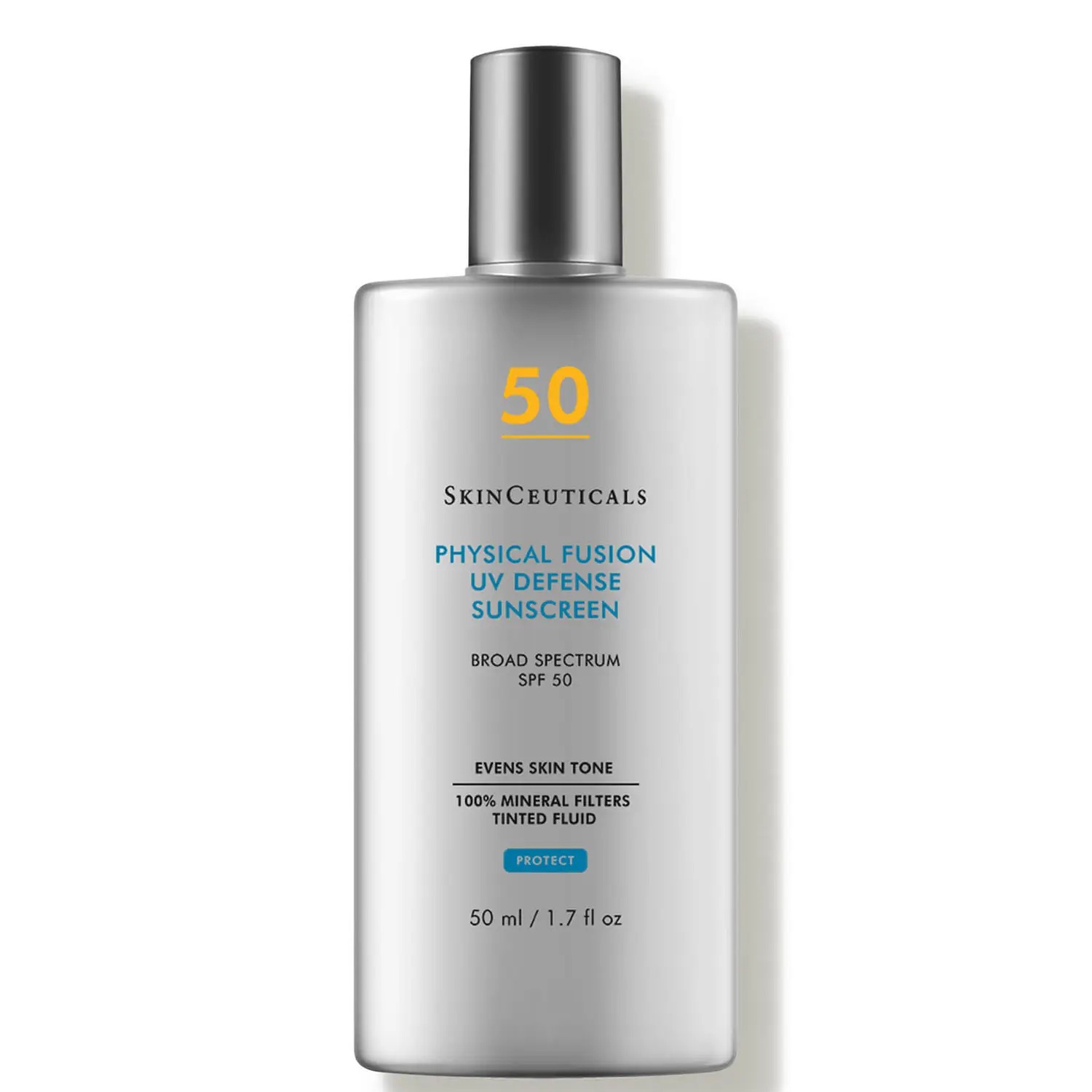
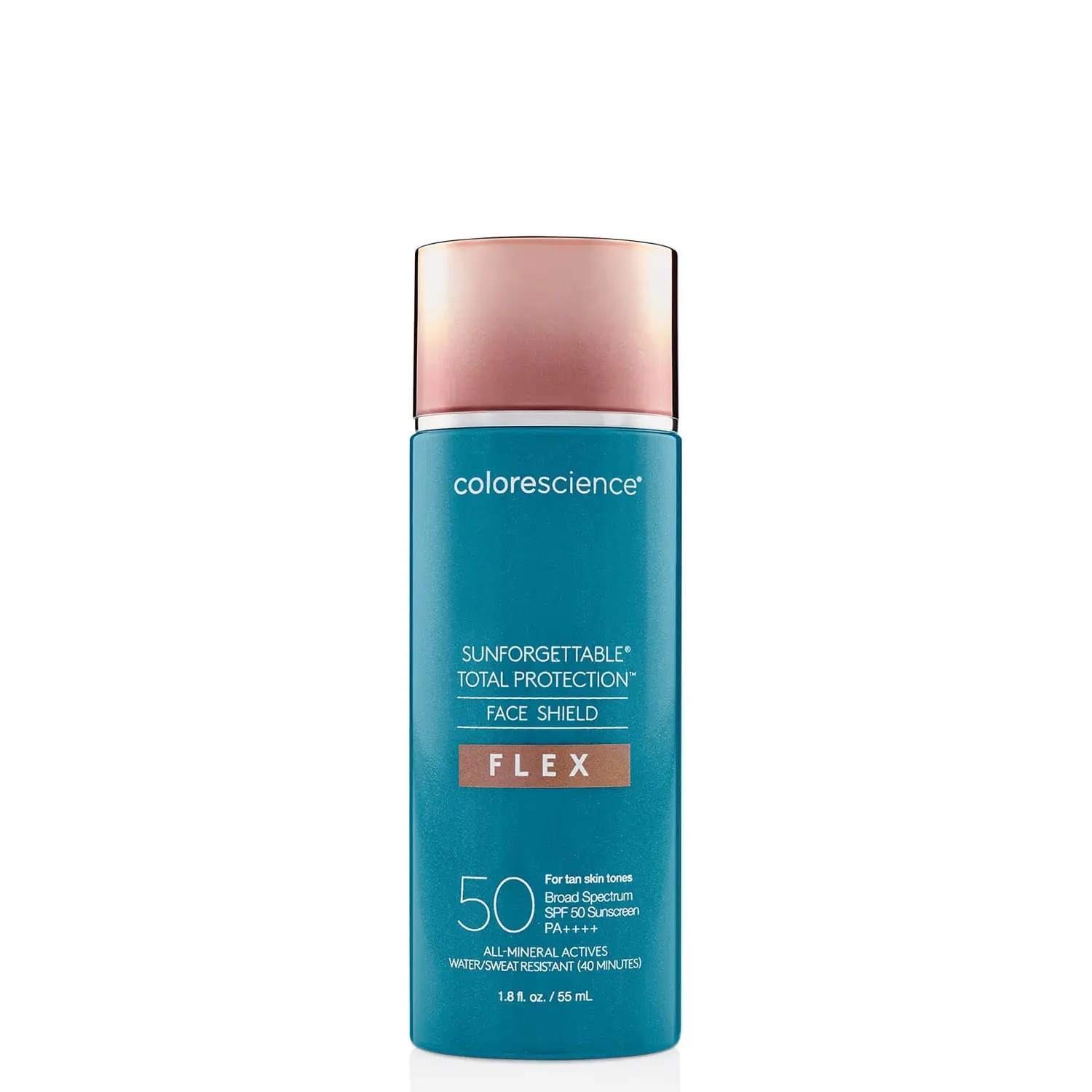
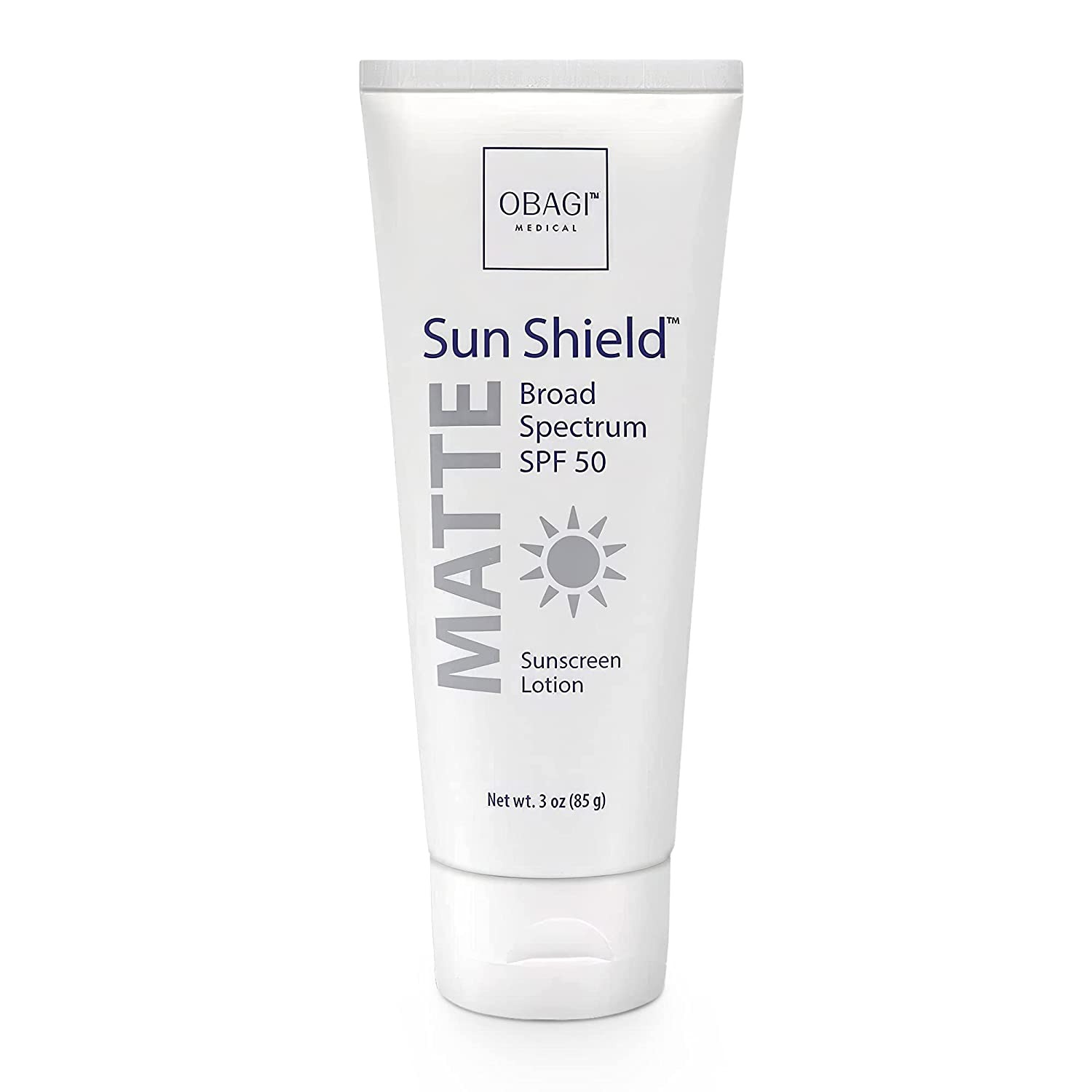
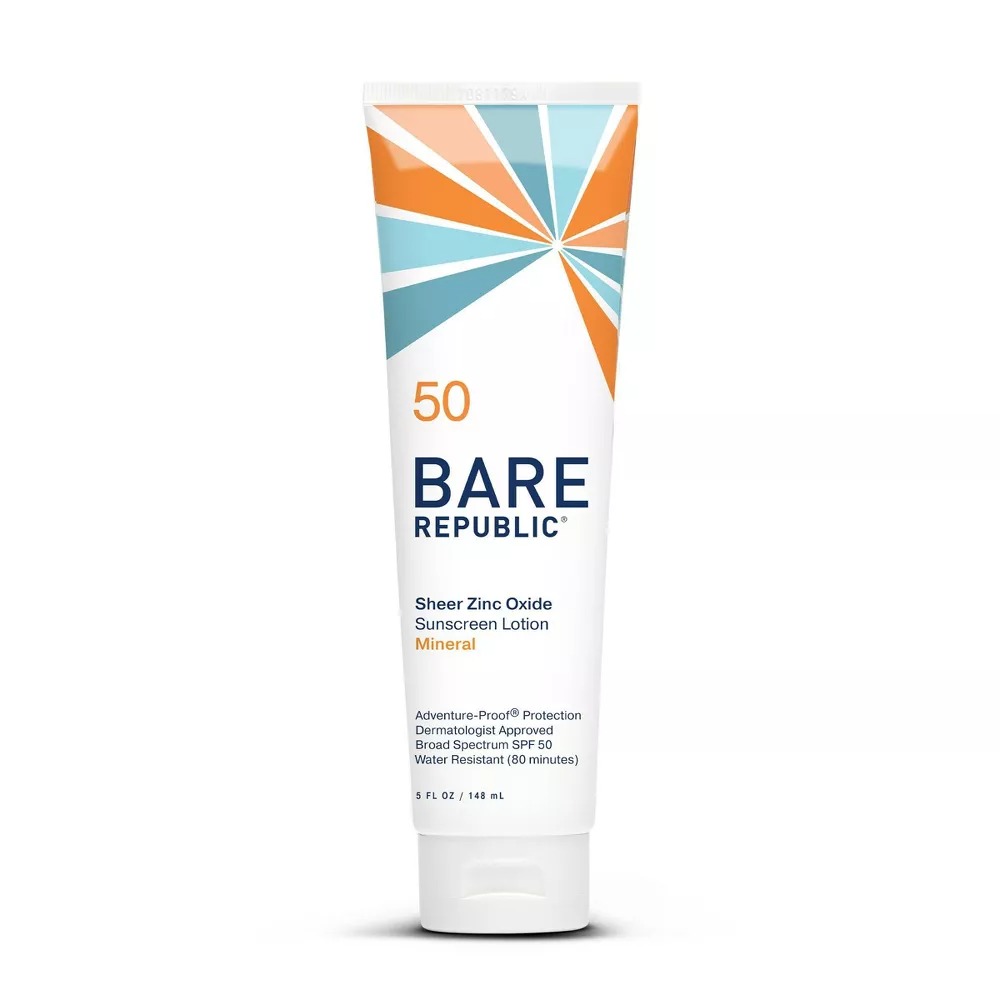
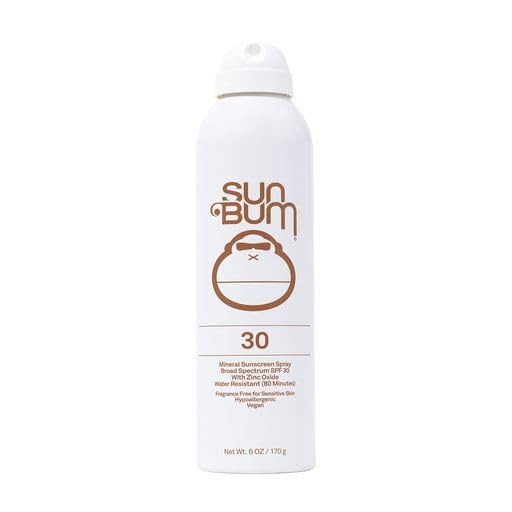
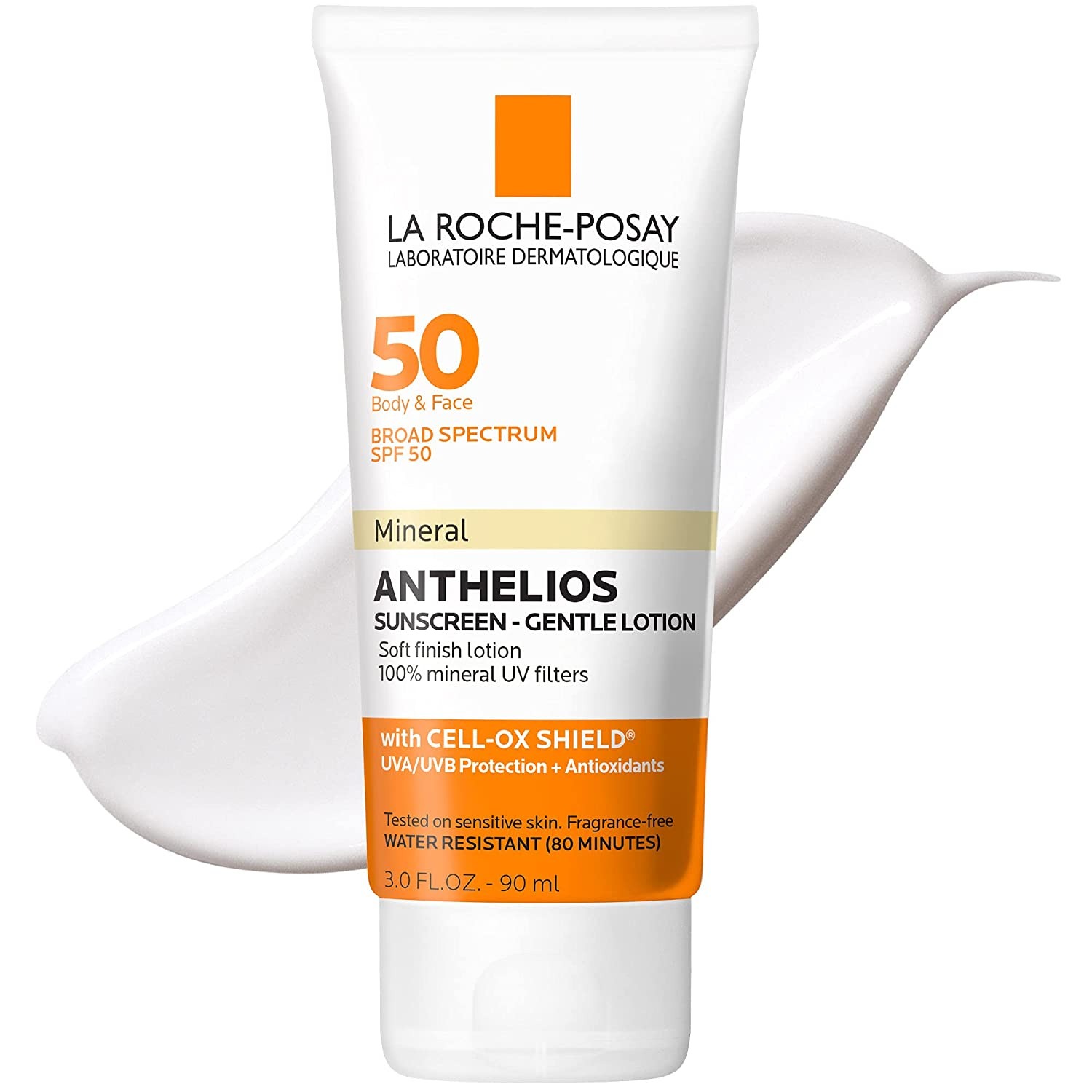
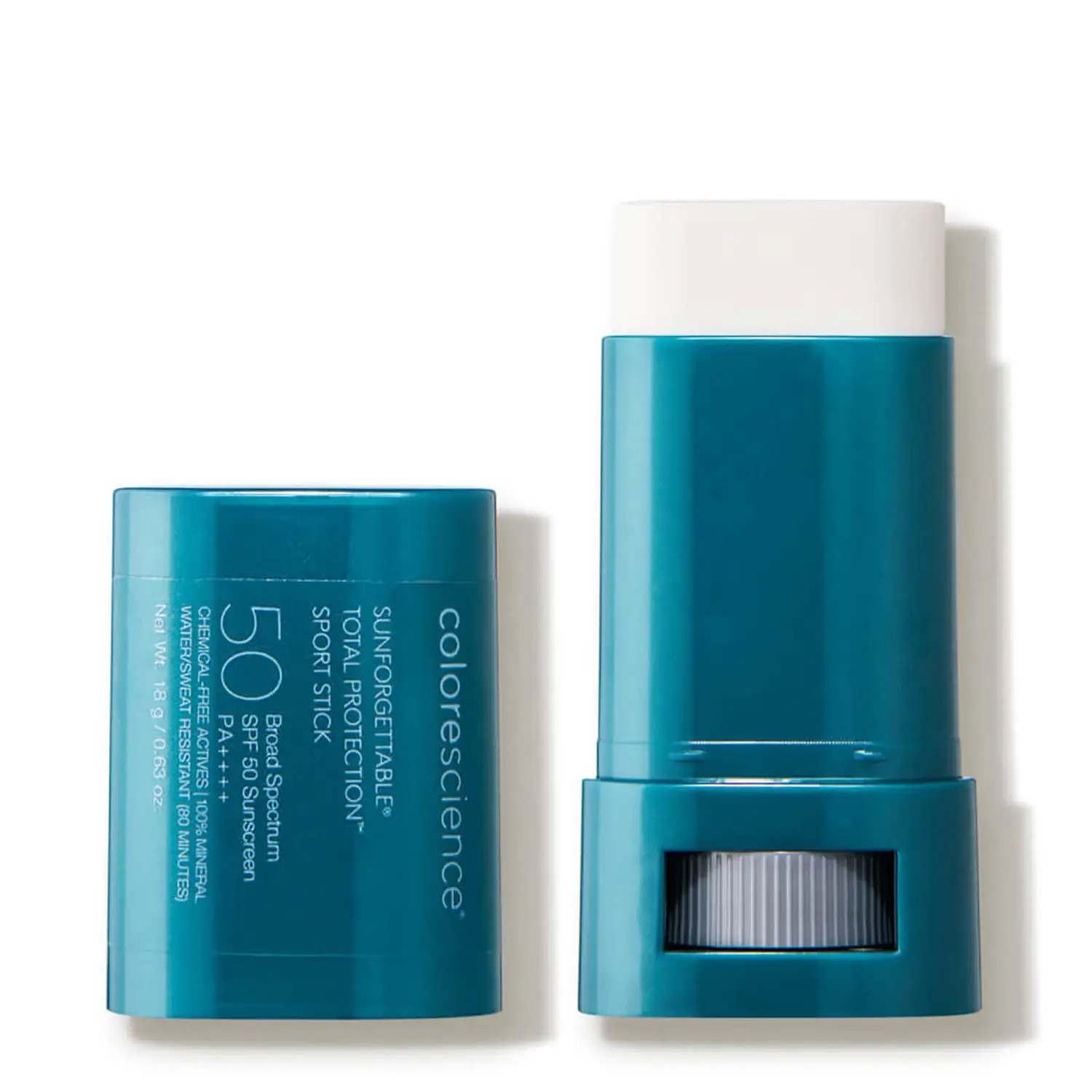
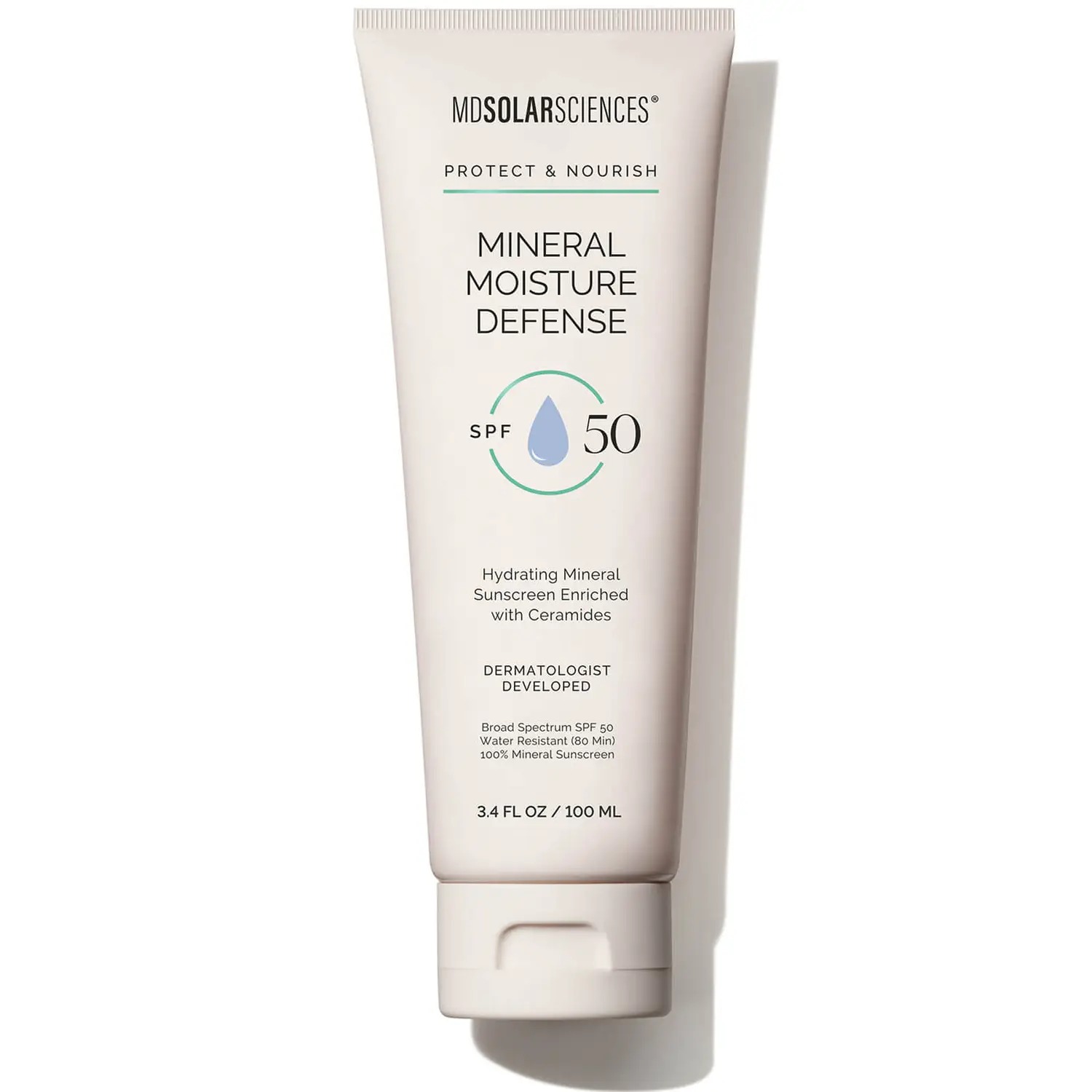
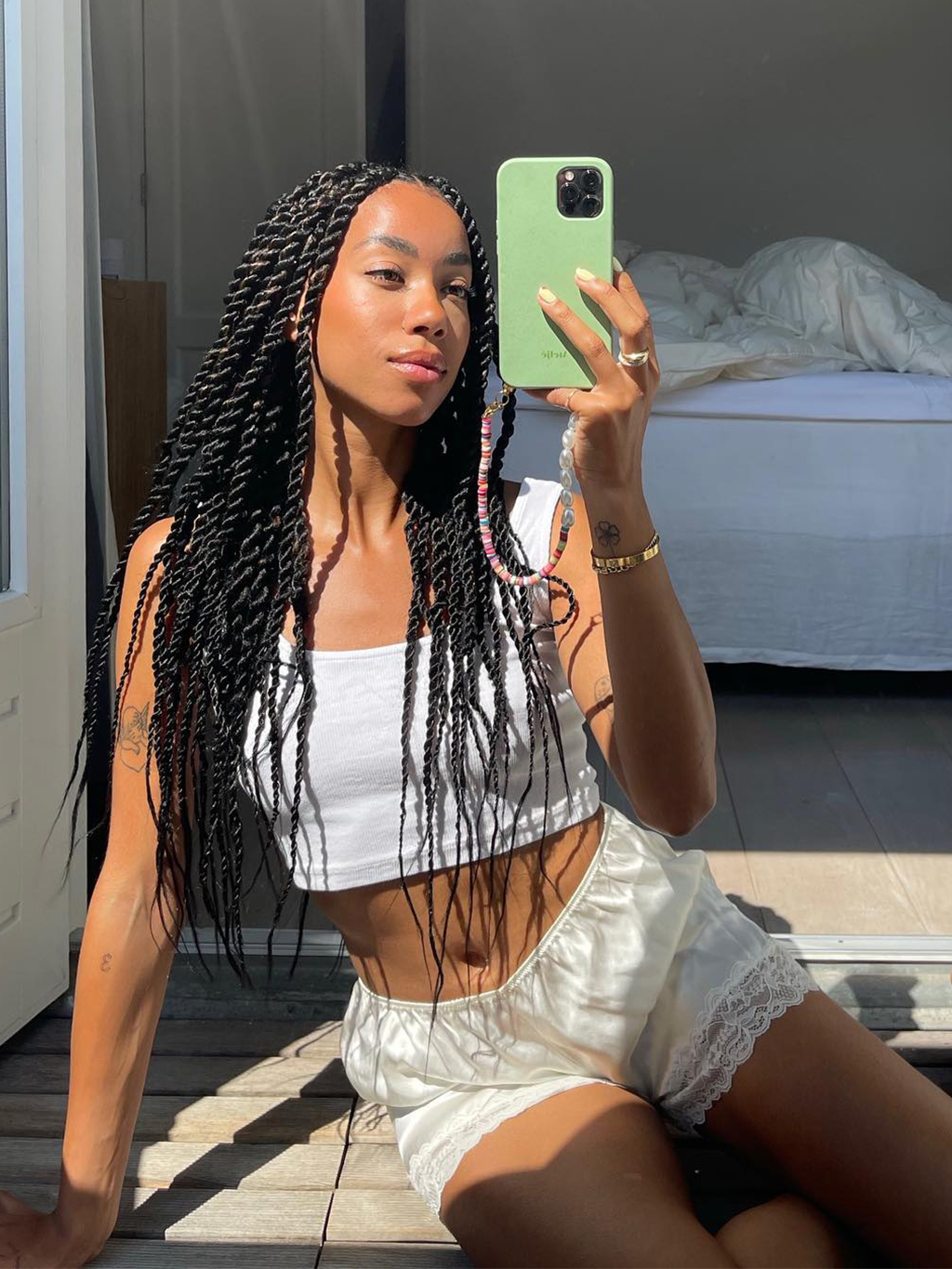
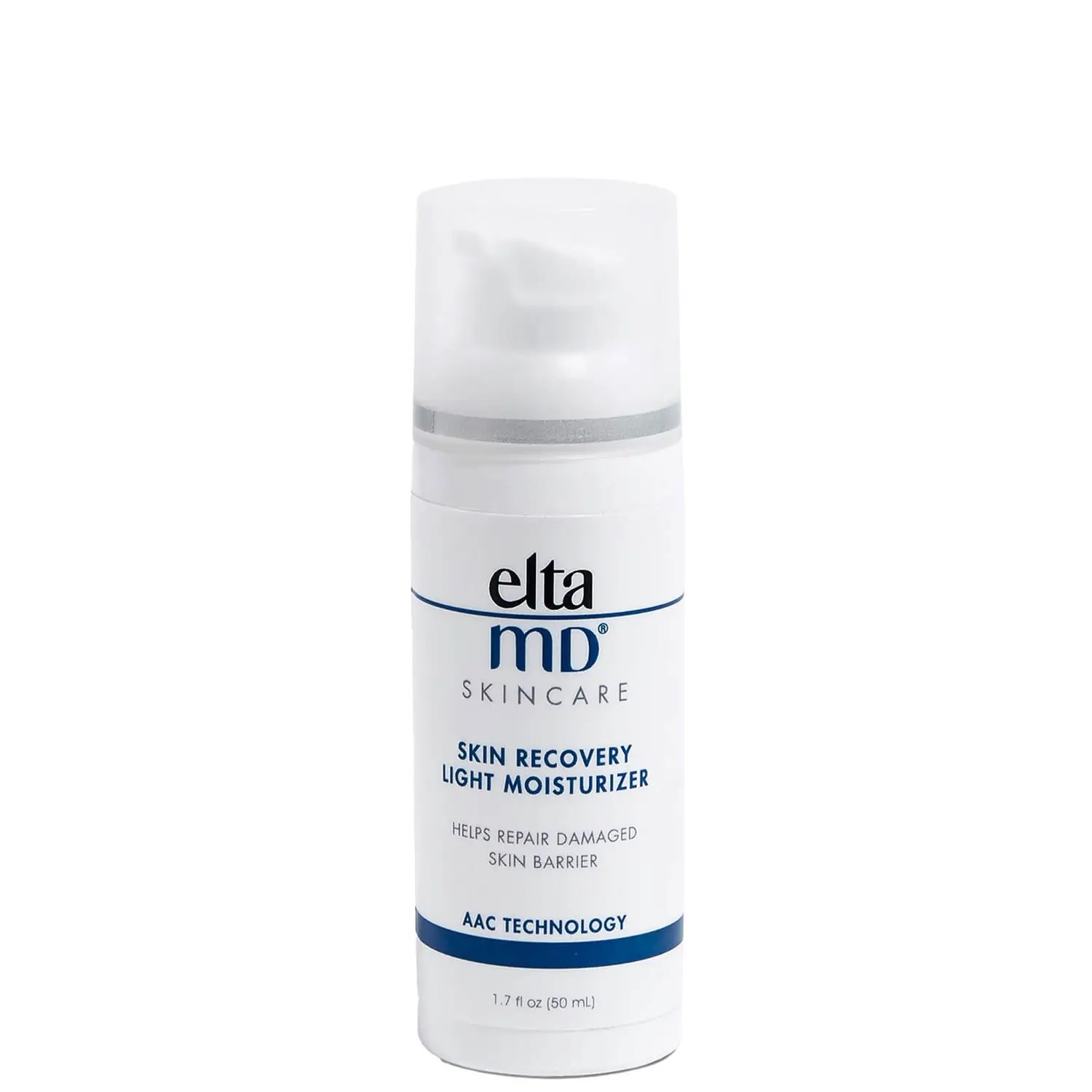
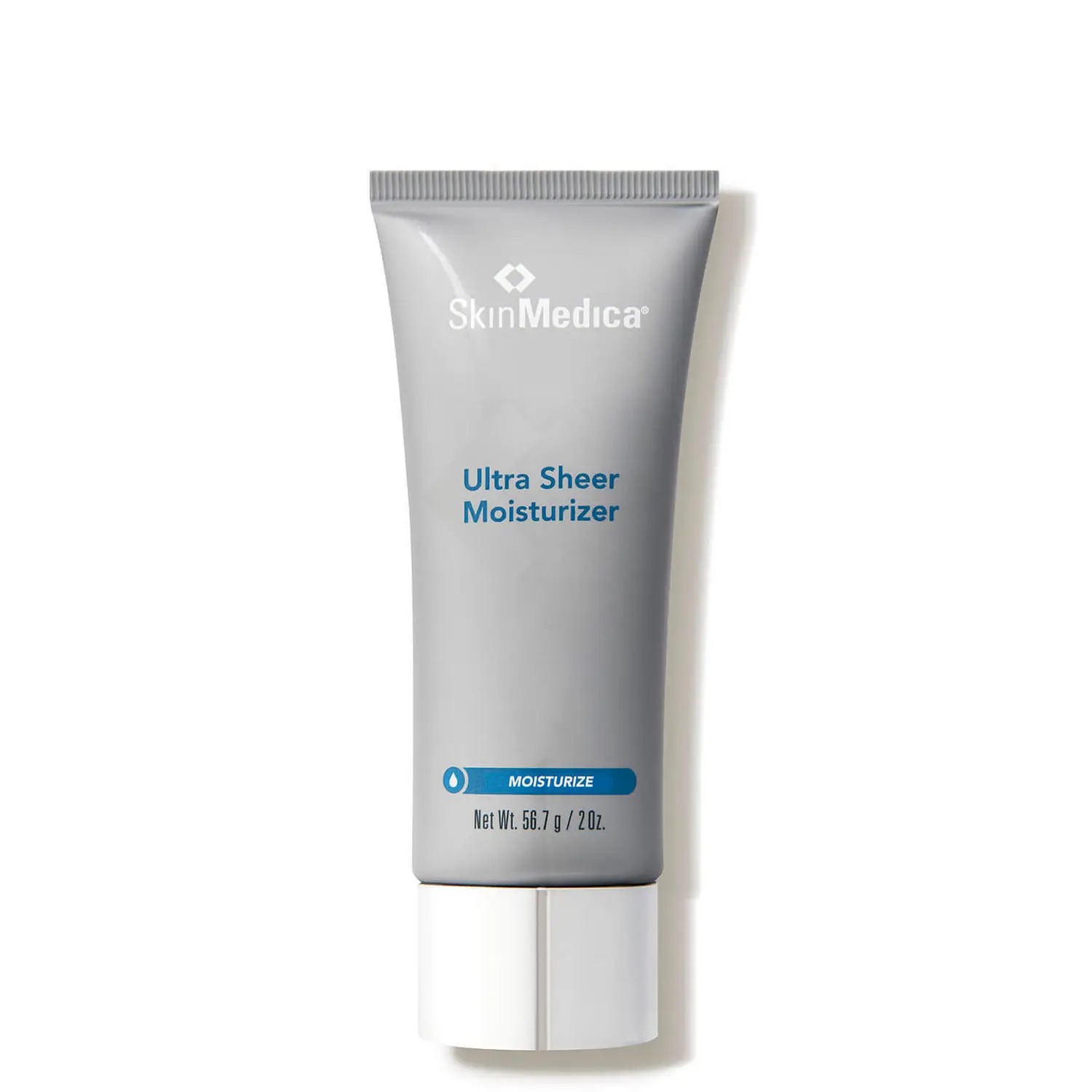
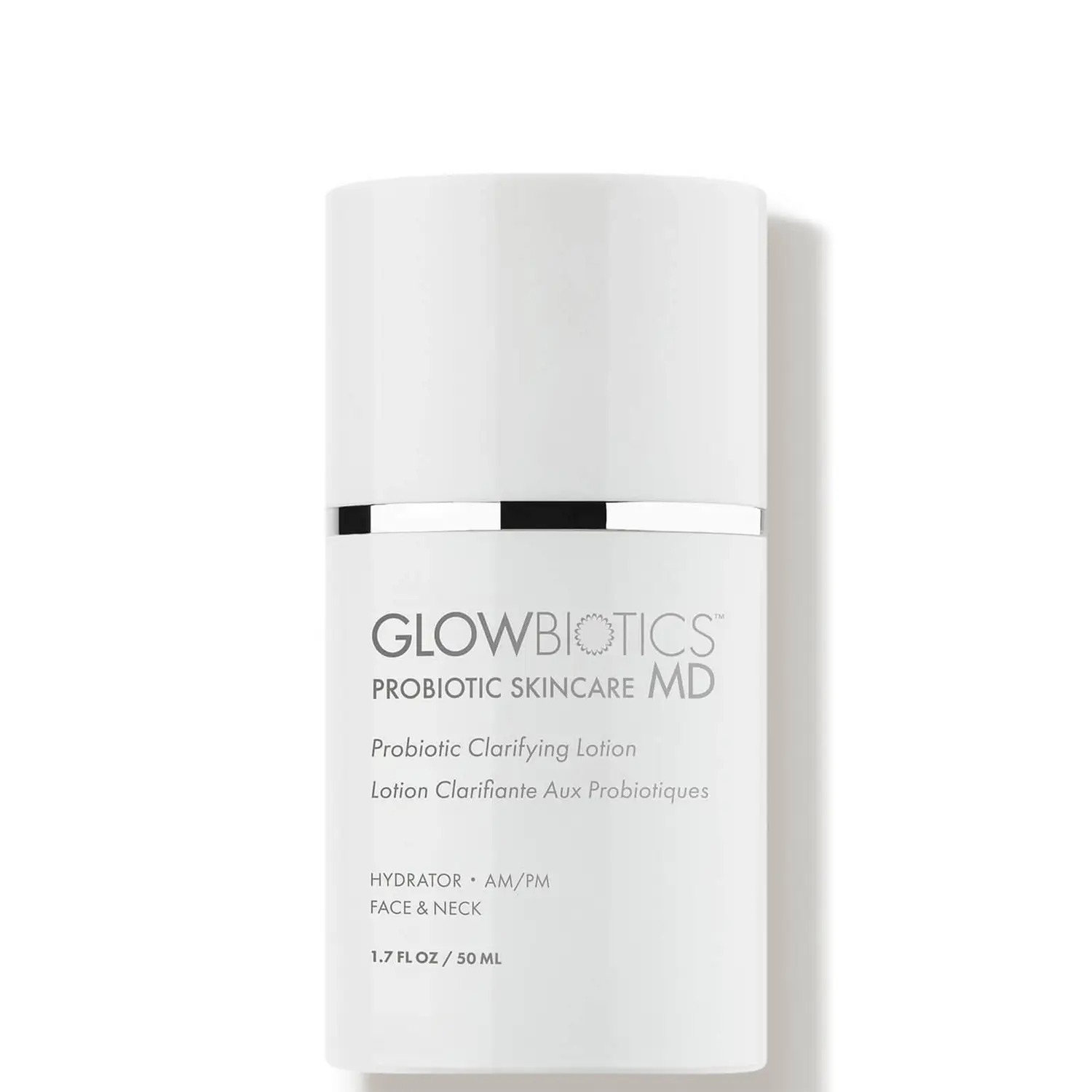
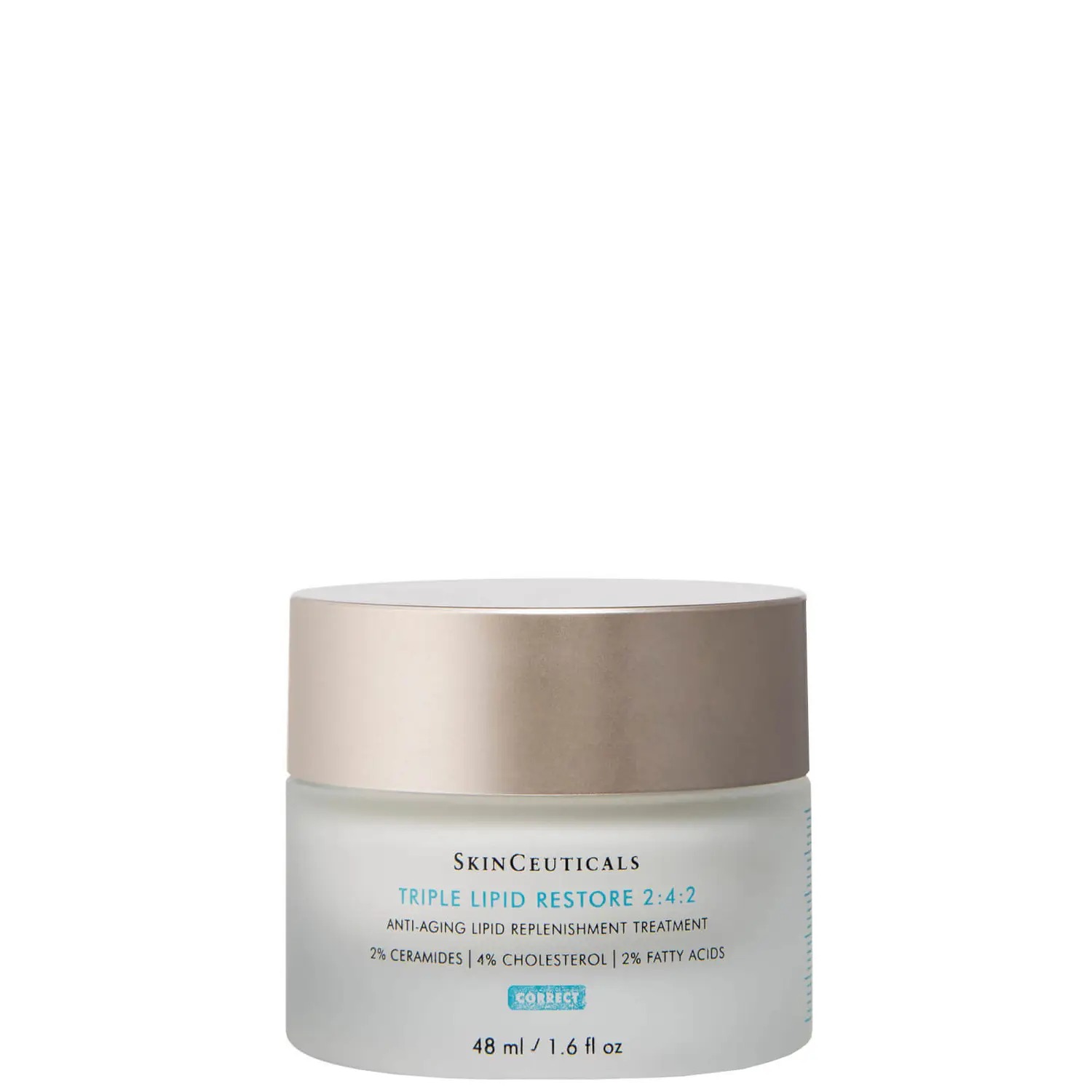
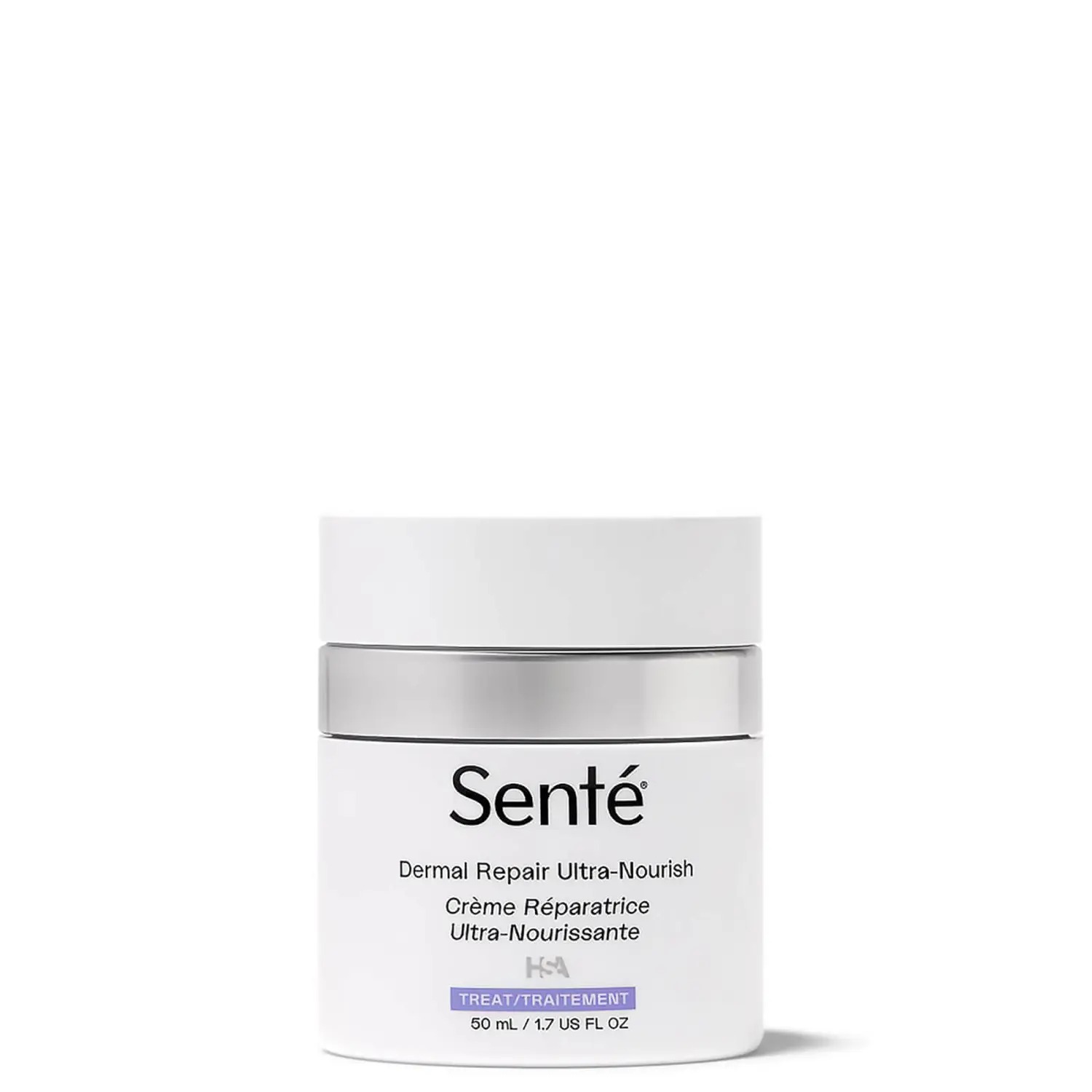
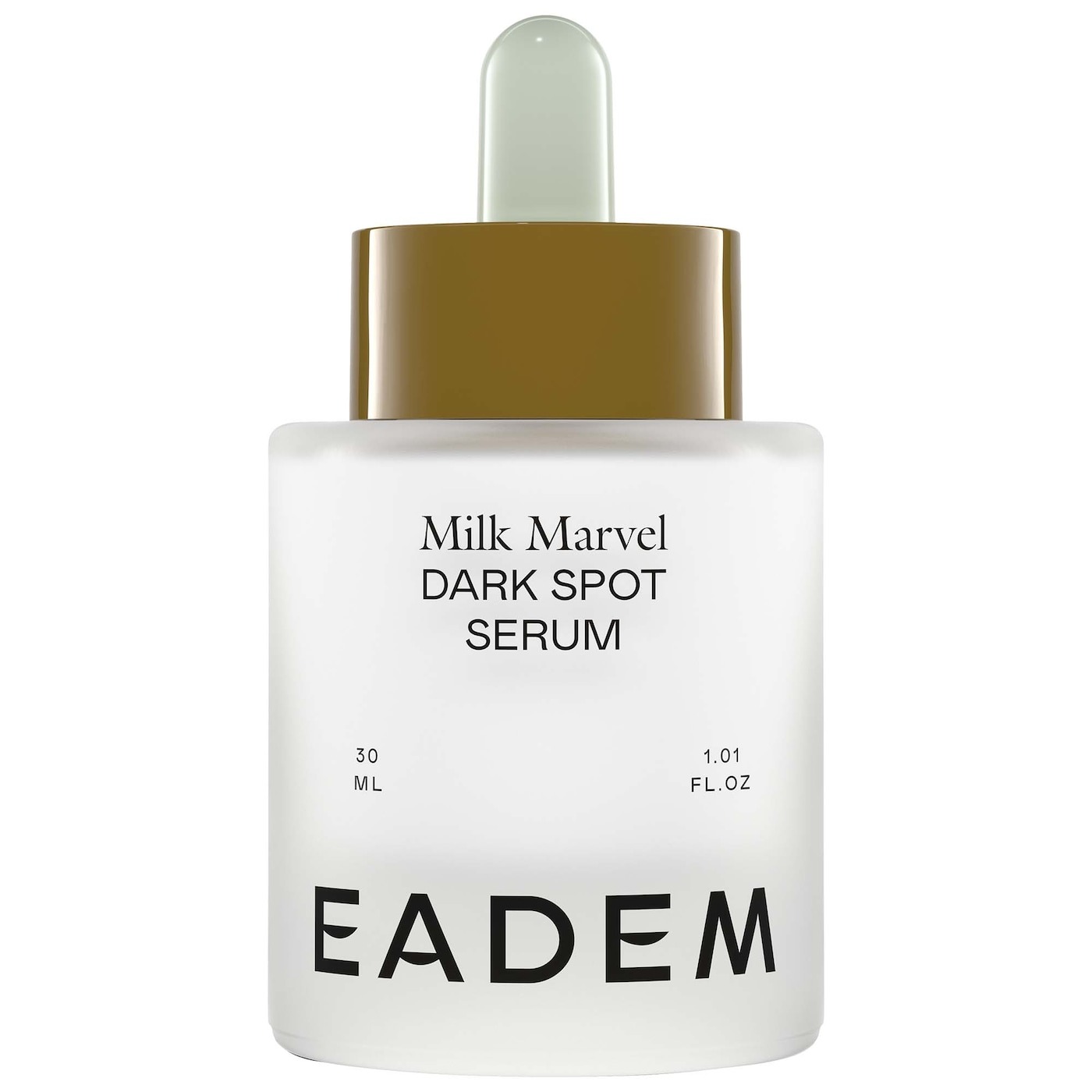
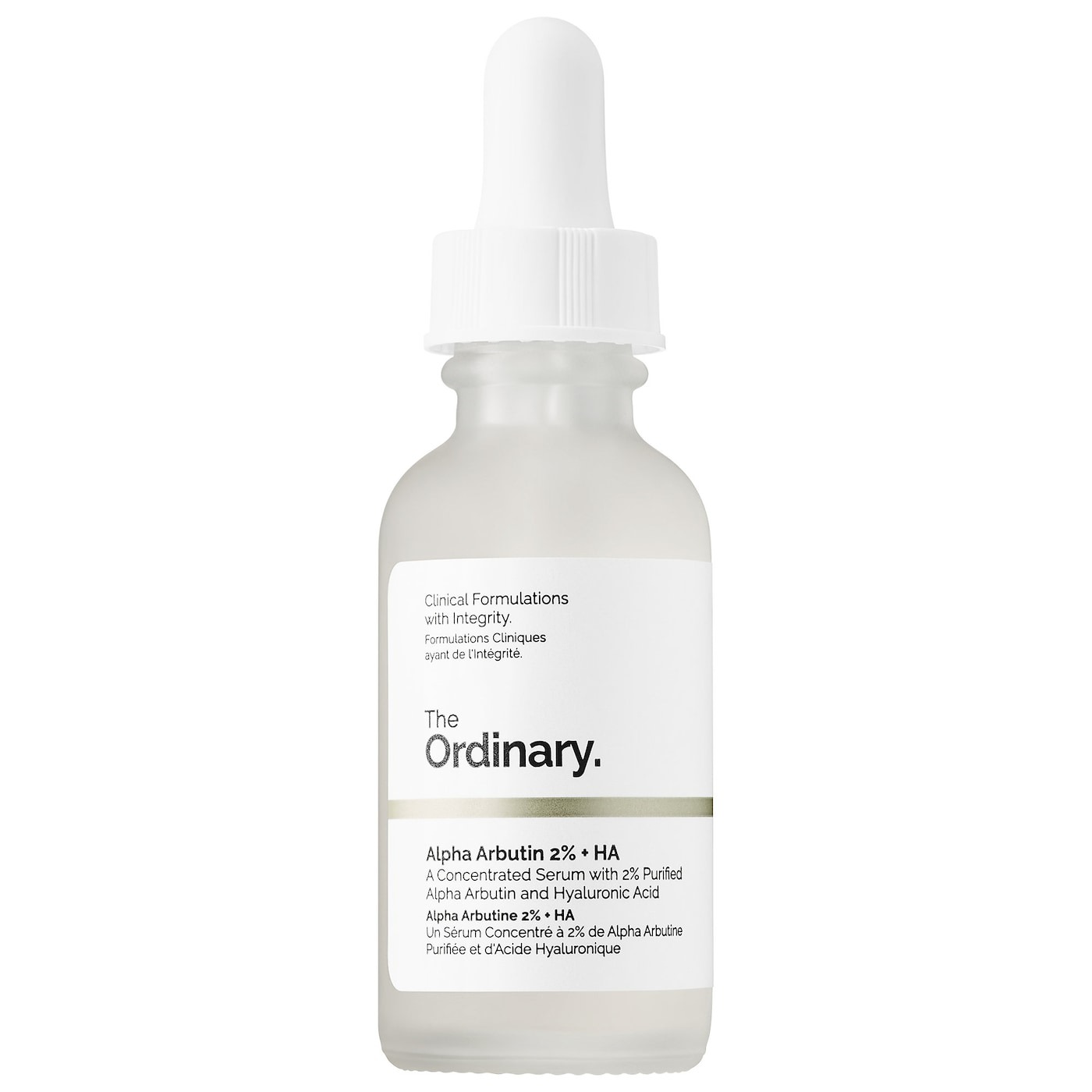
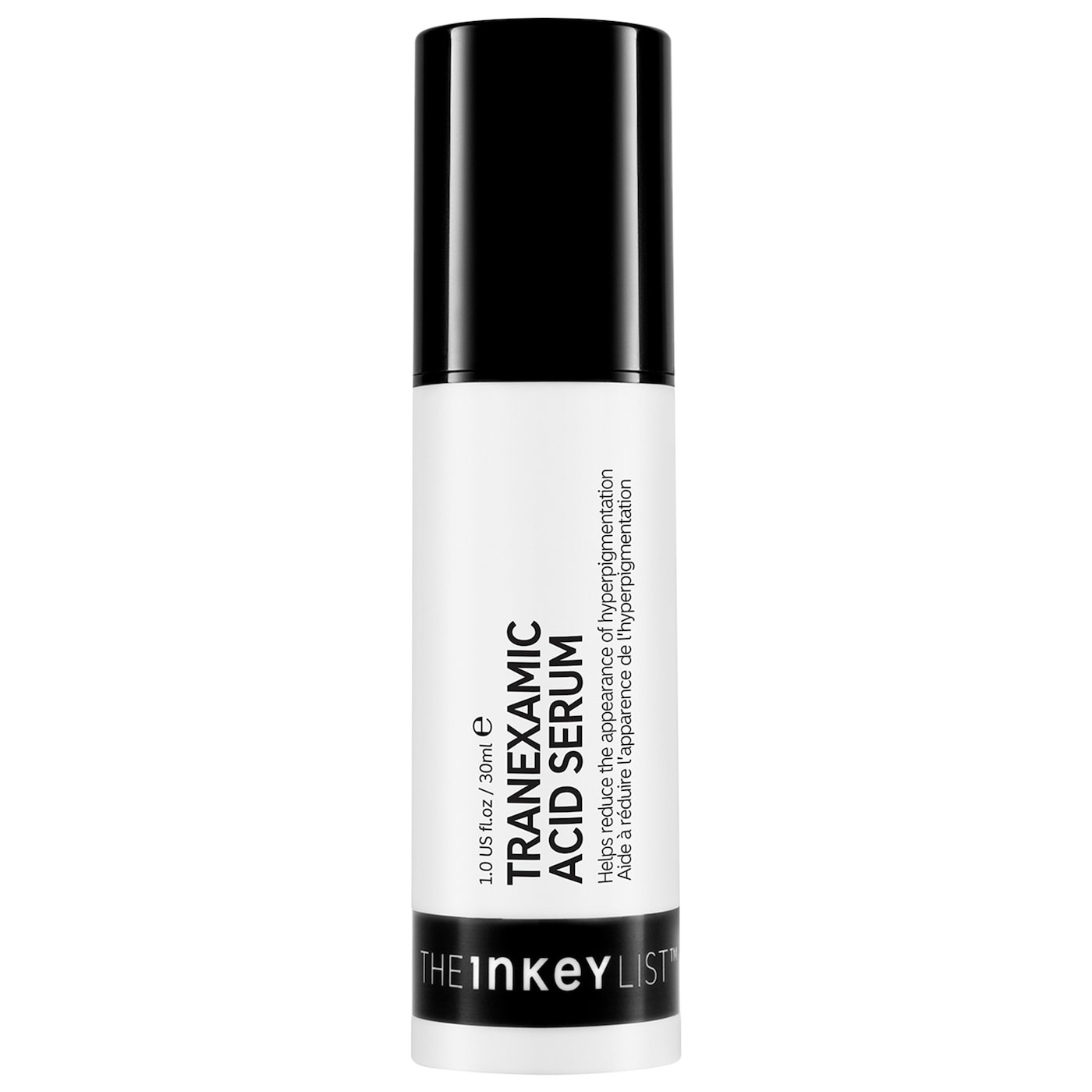
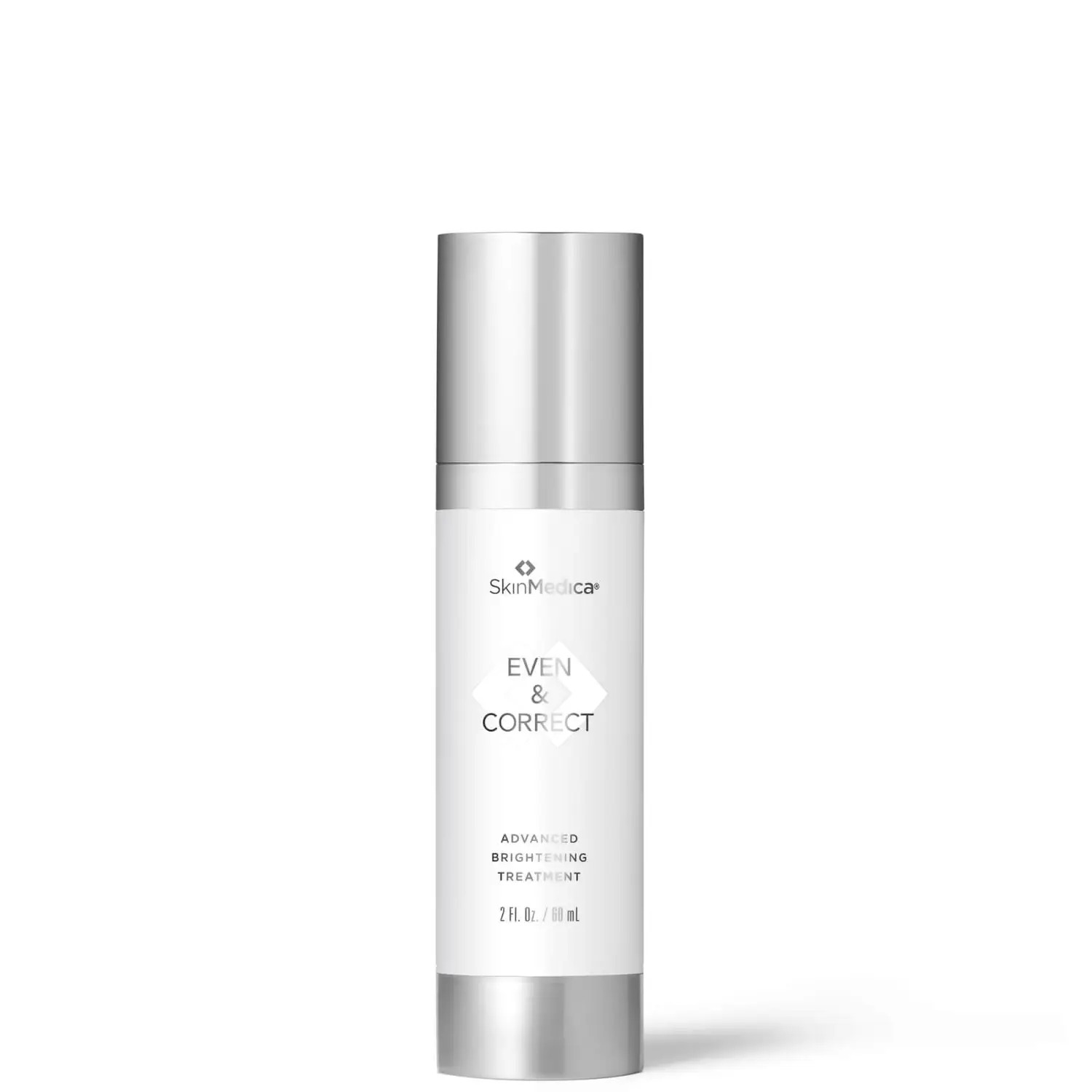
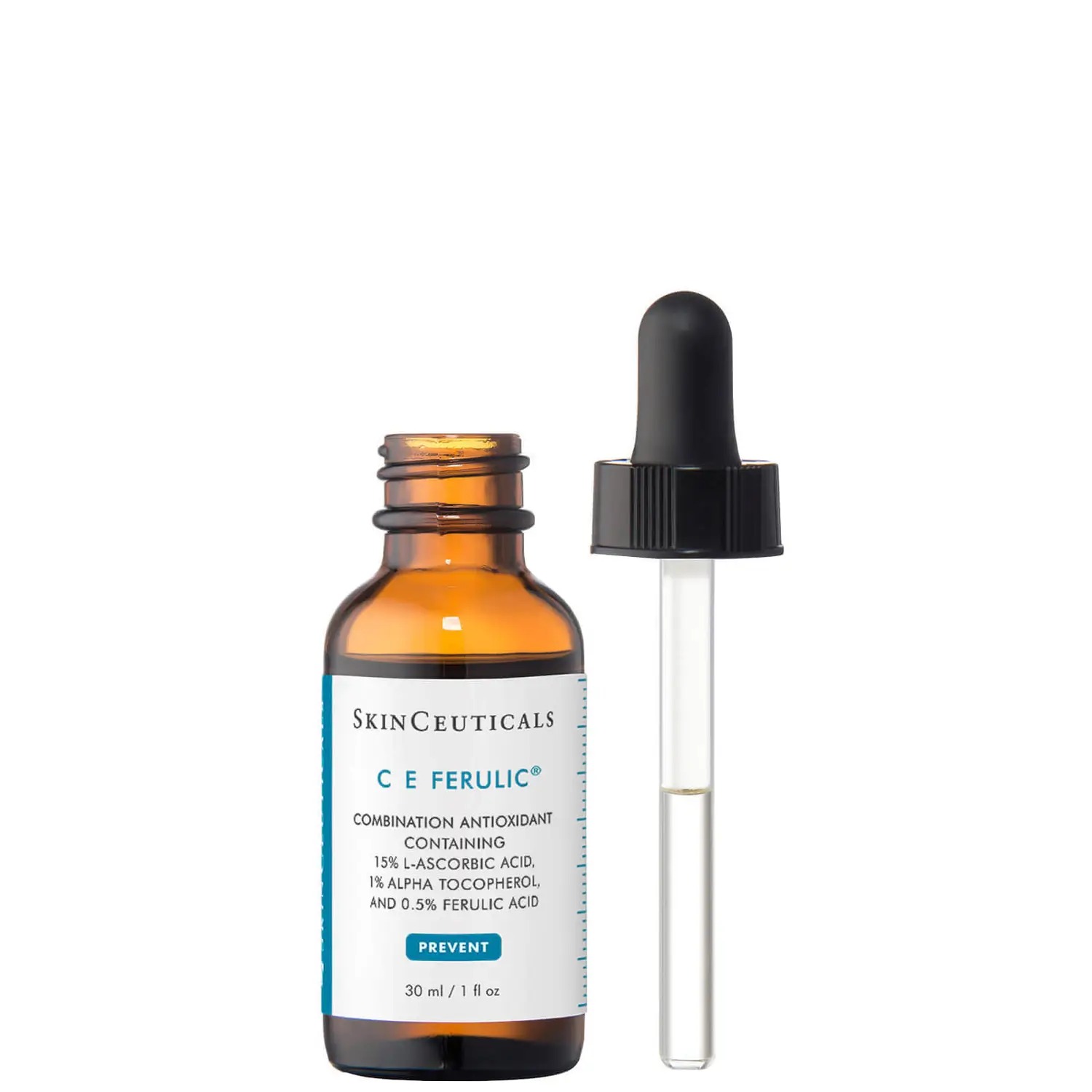
Up next, This Product Is the Secret to Achieving a Glowing, Bronzed Look for Dark Skin

